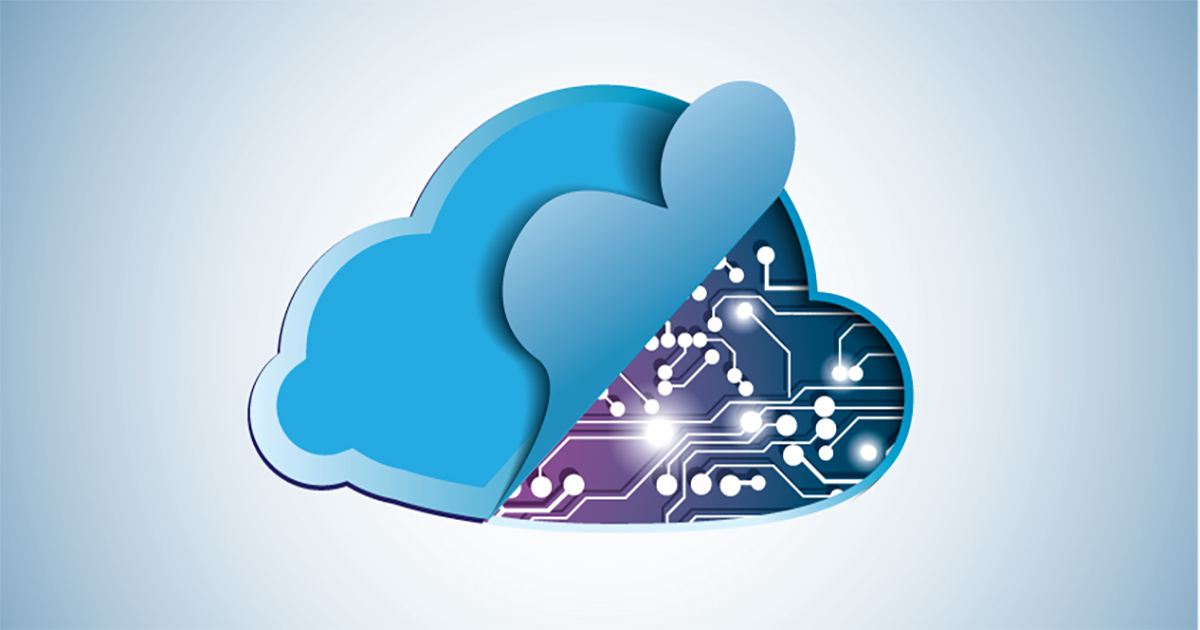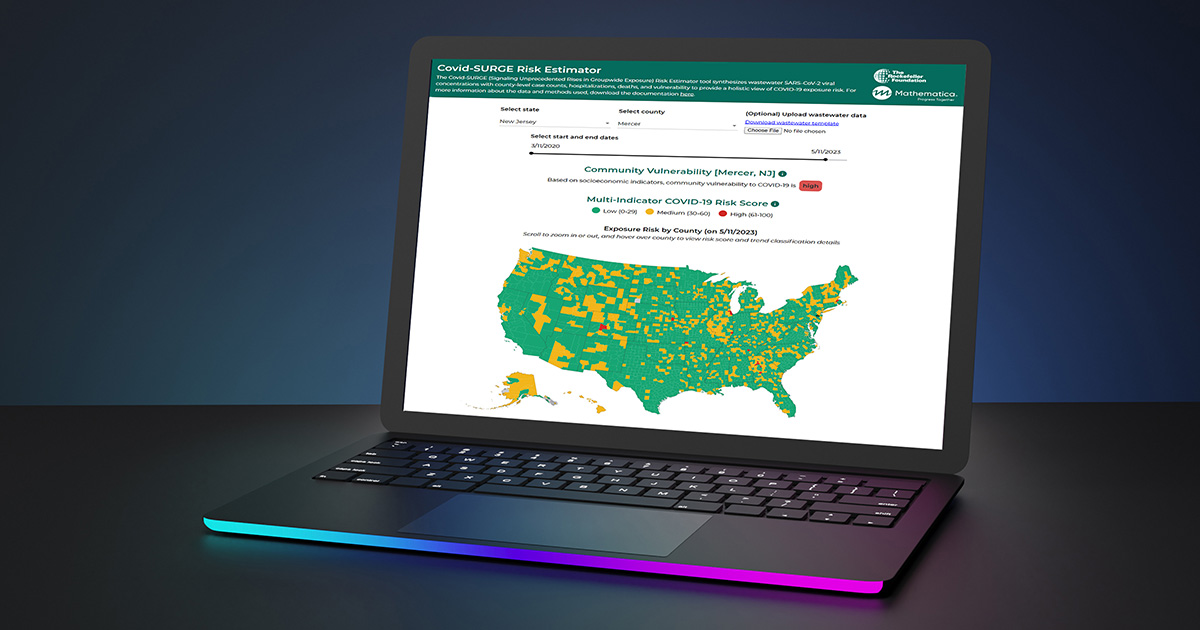The numbers associated with the global pandemic are staggering, and behind every one of these numbers is a person, a family, children, parents, siblings, friends, and loved ones who are suffering. It is also plain to see that this pandemic is disproportionately affecting the most vulnerable— people with low incomes, the elderly, and people of color. Whether it is the immediate loss of life or economic impacts of this pandemic, or the longer-term effects of disruptions to education, industries, and employment levels, the pain for those most directly affected will last a very long time.
As much as our entire way of life has been uprooted by the COVID-19 pandemic, just imagine going through this pandemic without the Internet, email and texts, smartphones, e-commerce, Google, Facebook, or videoconferencing. We appreciated all these technology advancements pre-pandemic, but they have taken on new importance, as they are now critical to our personal, professional, and economic survival in a socially distanced world. Being able to stay connected and interact with one another from anywhere has become critical for everyday life. For workers whose jobs relied on digital communication tools pre-pandemic, the transition to telework and remote learning meant adjusting to a new application of familiar tools. But for those on the other side of the digital divide, lack of access to high-speed internet and the technology to connect to work, school, and one another meant many who were already at risk are now being left behind in employment and educational opportunities.
The pandemic has exposed new fault lines in our social fabric in areas such as equity and public support systems. Mathematica is putting technology front and center to help our partners address complex social challenges, ones that existed pre-pandemic as well as those that are even more prevalent now. For example, we are using technology to identify the populations hardest hit by the pandemic across multiple dimensions, including health, employment, education, and nutrition. We are working with foundations and government agencies to focus their services on those who need them most. And we are helping our partners contemplate how they can leverage technology to achieve their missions in a socially distanced world. Many of the technology solutions we are applying to solve these social challenges use cloud technology because of the inherent benefits of cloud computing, such as scalability, speed, and cost.
Cloud computing enables on-demand and automated access to an almost unlimited amount of computer processing power and data storage capacity. Think of the difference in demand for videoconferencing pre-pandemic versus during COVID-19—the scalability of cloud computing supported the huge volume increases when everyone started working from home and connecting via video rather than face-to-face. Those in the digital world were also able to adjust rapidly because of the speed with which technology can be made available in a cloud environment. Whether it’s being able to access new software and tools almost instantly, or getting continuous updates and improvements to technology, cloud computing facilitates a much faster pace of change than traditional computing environments. Finally, the cost advantages of cloud computing are significant. As a result of shared resources available in the “as-a-service” offerings—including software, platform, or infrastructure tools—organizations split the cost of those offerings with all the other customers and pay for only the resources they consume. Cloud computing facilitates broad access to technology for individuals and businesses alike, offering potential solutions to help mitigate the impacts of this tragic pandemic.
For an organization that stores and processes as much data as Mathematica does, our cloud migration is fostering improvements in all aspects of the data life cycle, from data collection and ingestion, to data management, analytics, and visualization. We are leveraging the scalability and speed of the cloud to quickly deliver evidence and insights to our clients. We are using publicly available open data and our own data based on years of research and analysis to help our clients see and understand the impact COVID-19 is having across multiple dimensions and segments of populations. We can automatically update our analysis and visualizations as the data changes and rapidly respond to client needs for new information. For example, when schools were trying to determine the best approach for opening, Mathematica was able to quickly model different scenarios to recommend the safest and most effective methods for welcoming students and staff back to elementary and secondary schools, as well as college campuses.
In today’s COVID-19 world, we all need to take advantage of available technology in order to reduce the devastating impacts of this pandemic. We also need to recognize that there are segments of the population that don’t yet have access to these advancements and take steps to ensure that we get them the same access that many of us assume is a given. Technology has never been more critical to individual and collective success. I am honored to be working at a company that is applying technology to help address some of the most pressing issues our world has faced, both before the pandemic and as a result of it. I am optimistic that with the aid of technology, Mathematica and many other organizations—public and private sector alike—can make real progress on issues of equity, justice, education, employment, health, and climate change.



